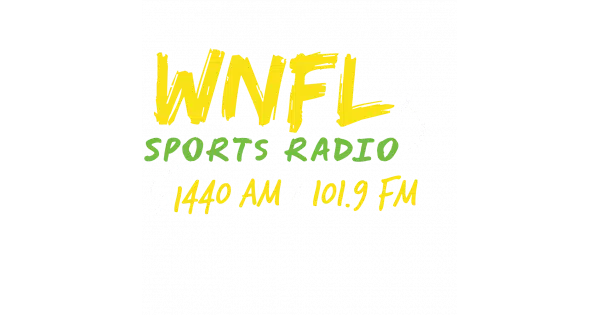

The roof was almost horizontal, 10 mm (0.39 in) thick. The superstructure and hull sides were 30 mm (1.18 in) thick, vertical, while the tail plates, also 30 mm (1.18 in), were inclined at 10 and 30°.
Interlocked arms in spanish driver#
In detail, the 50 mm (1.97 in) thick driver front plate was inclined to 9°, the hull nose was inclined to 30° and 50°, also 50 mm (1.97 in) thick. The first production version was based on the Panzer III Ausf.F chassis, and had the frontal armor raised to 50 mm (1.97 in), instead of the 30 mm (1.18 in) of the original pre-series.
Interlocked arms in spanish serial number#
The full Waffenamt designation was painted on the serial number plates as “Gepanzerte Selbfahrlafette für Sturmegschütz 7,5 cm Kanone (Sd.Kfz.142)” and abbreviated as gp.Sfl.f.Stu.G. The name was altered on 7 February to “7.5 cm Kanone (Pz.Sfl)” and on 28 March to Sturmgeschütz, literally “assault gun”. In January 1940, the first official production version appeared. If you spot anything out of place, please let us know!Įarly production: The s.Pak to the StuG III Hello dear reader! This article is in need of some care and attention and may contain errors or inaccuracies. The crews loved it because of its low profile and good armor, and the infantry it was supporting was grateful for its firepower and availability. With its low-profile and low-cost, it was the real battlehorse of the Wehrmacht, shifting from a close support vehicle to a tank-hunter of first magnitude, soldiering without interruption anywhere from North Africa to Europe and Russia. At first, the StuG was a simple derivative of the Panzer III for infantry support only, but ended as one of the most important German vehicles of the war. Its evolution mirrored that of the more famous Panzer IV. Although quite underrated by Allied intelligence during WW2 and still somewhat underestimated today, the StuG III was, nonetheless, the most produced tracked German AFV during the conflict. Assault tank – 9400 built The most prolific German AFV


 0 kommentar(er)
0 kommentar(er)
